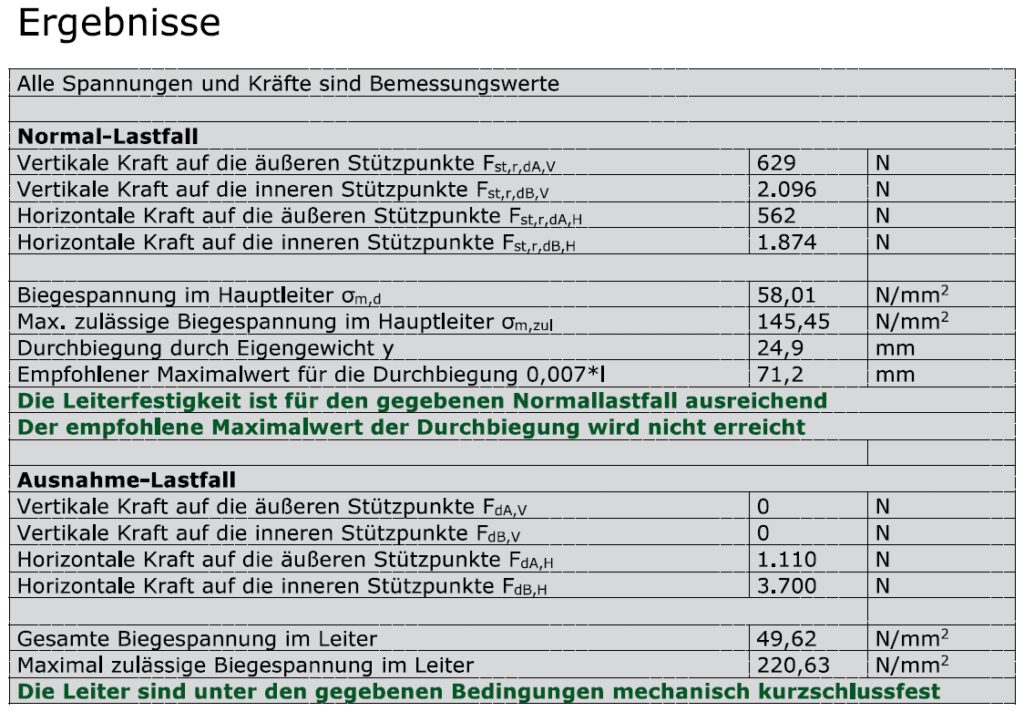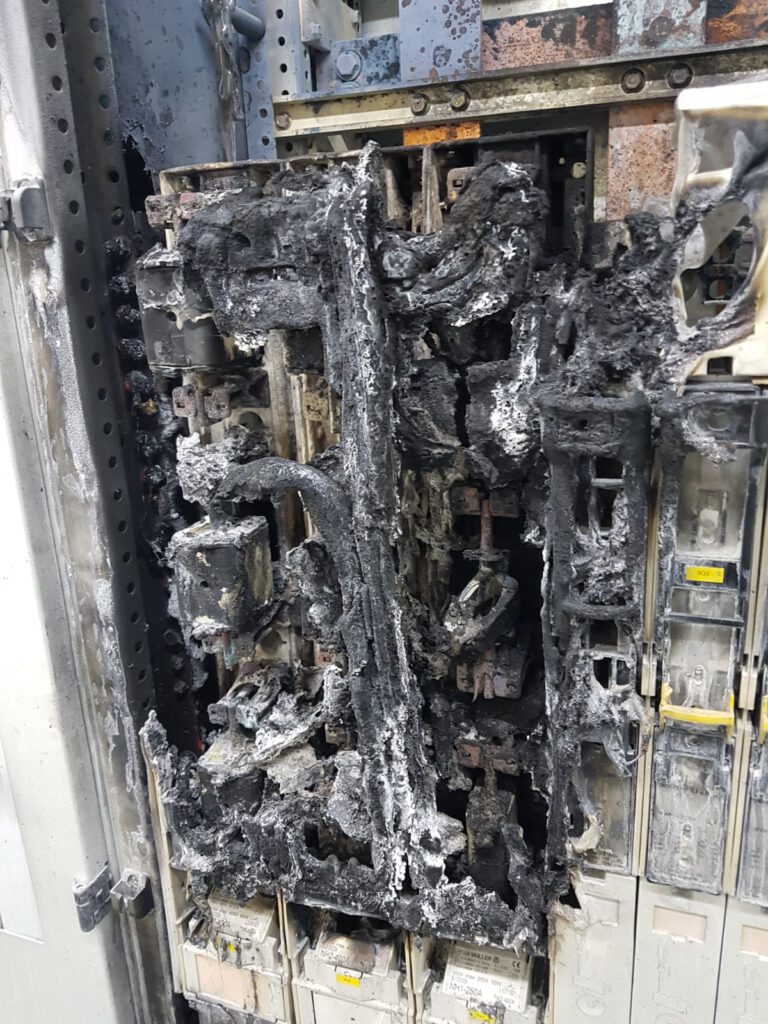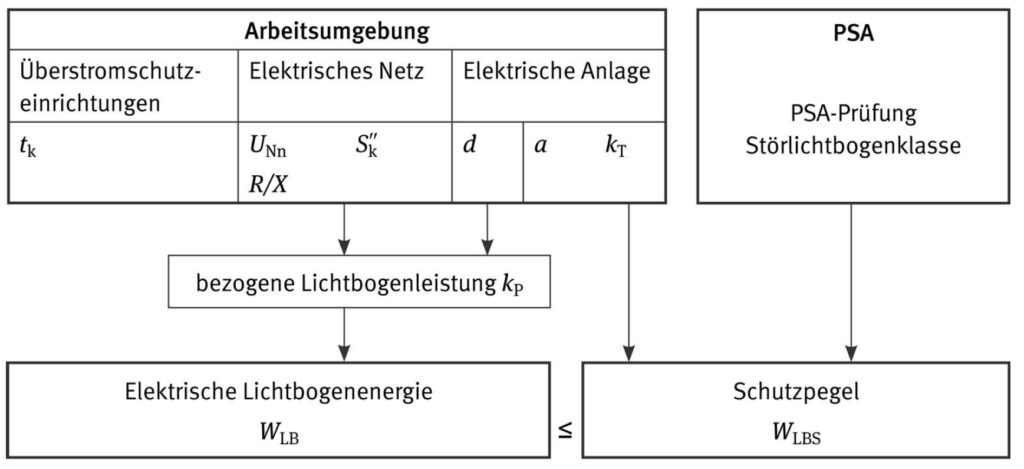Short circuit resistance calculation
For short-circuit resistance calculations, a distinction must be made between thermal and dynamic short-circuit resistance.
When testing the thermal short-circuit resistance of lines and switchgear, their design regarding the permissible short-time current must be compared with the magnitude and duration of a short-circuit current that may occur in the grid. We determine the magnitude of the short-circuit current by means of short-circuit current calculations. The short-circuit duration can either be derived from the protection concept or, conversely, a requirement for the maximum disconnection time of the grid protection can be derived from the maximum permissible short-circuit duration. On this basis, a reliable evaluation of the thermal short-circuit resistance of equipment is possible.
When evaluating the dynamic short-circuit resistance, the short-circuit current forces resulting from a short-circuit current on conductors, other equipment and their supporting structure, including their foundations, are calculated. For this purpose, we use specialized calculation software based on DIN EN 60865-1:2011. On this basis, the requirements for static and dynamic equipment strength can be reliably determined to withstand possible combinations of dead weight, ice load, wind load and short-circuit forces.
Arc-fault calculation
In electrical grids, especially in the low-voltage grid, various tasks can be carried out without disconnecting the system, that means under voltage. This reduces the outage time of the connected loads.
A disadvantage of live work, however, is the possible risk to employees from the consequences of an arc fault that may occur in the installation. These can be caused by a system fault (e.g. short circuit), by the disconnection of live parts (e.g. insertion/removal of fuses under load) but also by incorrect working actions. In all of these cases, reliable protection of the person working on the system must be ensured. For this purpose, personal protective equipment (PPE) is available for different requirements. DGUV Information 203-077, “Thermal hazards due to fault arcs” from the German Social Accident Insurance (DGUV) provides assistance in selecting the appropriate PPE for the particular application. However, the DGUV procedure requires network calculations that consider the specific grid conditions at the place of work.
We perform these calculations and provide you with a reliable recommendation as to which PPE your employees should use when working under voltage or even on which installations live work is generally not permitted.
Pressure calculation
In the case of a short-circuit fault, an arc flash can occur on electrical equipment. In this arc fault, a very large amount of thermal energy is released in a very short time, which abruptly heats the surrounding insulating medium – either SF6 or air, depending on the location of the fault and the system technology – to up to 10,000°C. The heating causes the medium to expand explosively and leads to an increase in pressure in its surroundings, which can endanger the room or the building.
For this reason, pressure calculations are carried out as part of the project planning for switchgear in order to be able to estimate the pressures occurring in the switchgear compartment with sufficient accuracy. For this purpose, we use specialized software that performs numerical calculations according to F. Pigler’s method taking into account the specific conditions on site.
This method provides reliable information on the pressure increase associated with an arc fault and thus enables an assessment of whether a given building can withstand the expected pressure increase.



